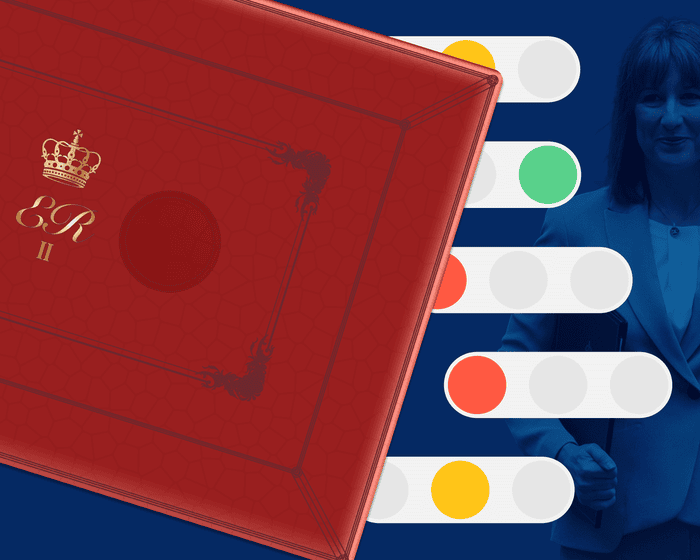Pope Leo XIV has declared Carlo Acutis, a London-born Italian who died in 2006 at the age of 15, the Catholic Church’s first millennial saint. The announcement was made during an open-air Mass in a crowded St. Peter’s Square.
Carlo, who passed away from leukemia, created websites to share Catholic teachings, earning him the nickname “God’s influencer.” He was canonized alongside Pier Giorgio Frassati, another young Catholic activist who died a century ago.
Pope Leo praised both men for making their lives into “masterpieces” by dedicating themselves to God. An hour before the Mass, St. Peter’s Square was already full of pilgrims, many of them young Italians from the millennial generation.
In his homily, the Pope said, “The greatest risk in life is to waste it outside of God’s plan.” He added that the new saints “are an invitation to all of us, especially young people, not to squander our lives, but to aim high and make them masterpieces.”
The Vatican reported that 36 cardinals, 270 bishops, and hundreds of priests joined Pope Leo in celebrating the Mass, reflecting the widespread appeal of the new saints among both Church leaders and the faithful.
Both canonizations were originally planned for earlier this year but were postponed following the death of Pope Francis in April. Francis had strongly supported Acutis’s path to sainthood, believing the Church needed someone like him to draw young Catholics to the faith while navigating the opportunities and challenges of the digital age.
Over the past year, more than a million people have visited the Italian town of Assisi, where Acutis’s body is displayed in a glass case at the Santa Maria Maggiore church. His body is covered in a wax likeness and dressed in his blue tracksuit top, jeans, and trainers. His heart is kept in a gold casket in Assisi’s San Rufino Cathedral, and pieces of tissue from his pericardium—the membrane around the heart—have been sent around the world in the lead-up to his canonization.
His mother, Antonia Salzano, has traveled globally, speaking to Catholic communities about her son’s life and even giving strands of his hair as gifts.
Acutis was born on May 3, 1991, in London to a wealthy but not particularly devout Catholic family. They soon moved back to Milan, where he had a typical, happy childhood, though marked by a growing religious devotion.
He showed a strong interest in computer science from a young age, reading college-level programming books and building websites for Catholic organizations, including one that documented miracles. He also enjoyed playing on his PlayStation but limited himself to just an hour a week—a discipline that resonated with Church leaders concerned about technology’s influence.
In October 2006, at age 15, he fell ill and was quickly diagnosed with acute leukemia. He passed away within days and was buried in Assisi, a town closely associated with St. Francis.
Salzano told the Guardian that while the family wasn’t especially religious, her son showed deep faith from an early age. “He went to Mass and prayed the rosary every day,” she said, describing him as someone who “could not be indifferent to sorrow.” She recalled how he helped beggars near their home in Milan, offering food, blankets, and conversation.
She added that Acutis was otherwise an ordinary child who enjoyed spending time with friends and playing sports. “Carlo was an internet geek, but he had the self-control to use technology for good and not be consumed by it,” she said.
A movement around Acutis began the day he died, with seriously ill people praying to him for healing. His funeral was attended by many whose lives he had touched.He helped many people, including immigrants and children who were being bullied. His mother says he began performing miracles around the time of his funeral, and last year the late Pope Francis attributed two miracles to Acutis. According to the Vatican, the first involved a boy in Brazil who recovered from a rare congenital pancreatic disease, and the second was the healing of a student in Florence who had suffered a brain hemorrhage from a head injury. The student’s mother had prayed at Acutis’s tomb in Assisi.
The speed of Acutis’s canonization, especially when compared with that of Frassati, reflects the church’s eagerness to appeal to more young people. Frassati lived from 1901 to 1925 and died of polio at the age of 24. Though born into a prominent Turin family, he was known for his dedication to serving the poor, performing acts of charity, and sharing his faith with friends.
Frequently Asked Questions
Of course Here is a list of FAQs about the canonization of Carlo Acutis designed to be clear and helpful for a wide audience
General Information
Q Who is Carlo Acutis
A He was an Italian teenager who died of leukemia in 2006 at age 15 He was a devout Catholic known for his computer skills which he used to create websites documenting Eucharistic miracles
Q What does it mean that he was declared a saint
A In the Catholic Church being declared a saint means the Church officially recognizes that the person is in Heaven and can be held up as a model of holiness for all Catholics to emulate
Q Why is he called Gods influencer
A He earned this nickname because he used his modern skills with computers and the internet to share his faith and promote Catholic teachings especially to other young people
The Process of Sainthood
Q What is the process for becoming a saint
A Its a long process with several steps first being declared a Servant of God then Venerable then Blessed and finally Saint
Q What was Carlo Acutiss path to sainthood
A He was declared Venerable in 2018 Blessed in 2020 after a miracle was approved and now Saint in 2024 after a second miracle was approved
Q What were the miracles attributed to him
A The first miracle for his beatification involved the healing of a Brazilian child from a rare pancreatic disease The second miracle for his canonization involved a Costa Rican woman who was miraculously healed from a severe head injury after a bicycle accident
Significance and Impact
Q Why is his sainthood significant
A He is the first millennial to be canonized making him a highly relatable figure for young people growing up in the digital age He shows that holiness is possible for everyone even through modern technology
Q What can we learn from his life
A His life teaches that you can use your everyday talents and interestseven video games and codingfor a greater




